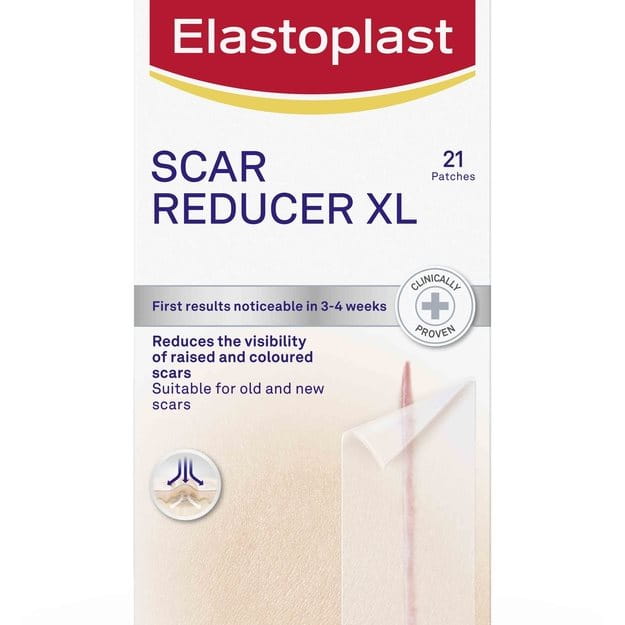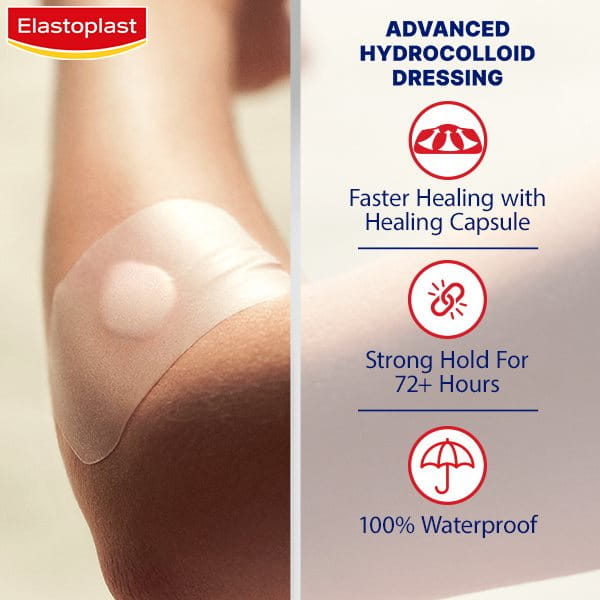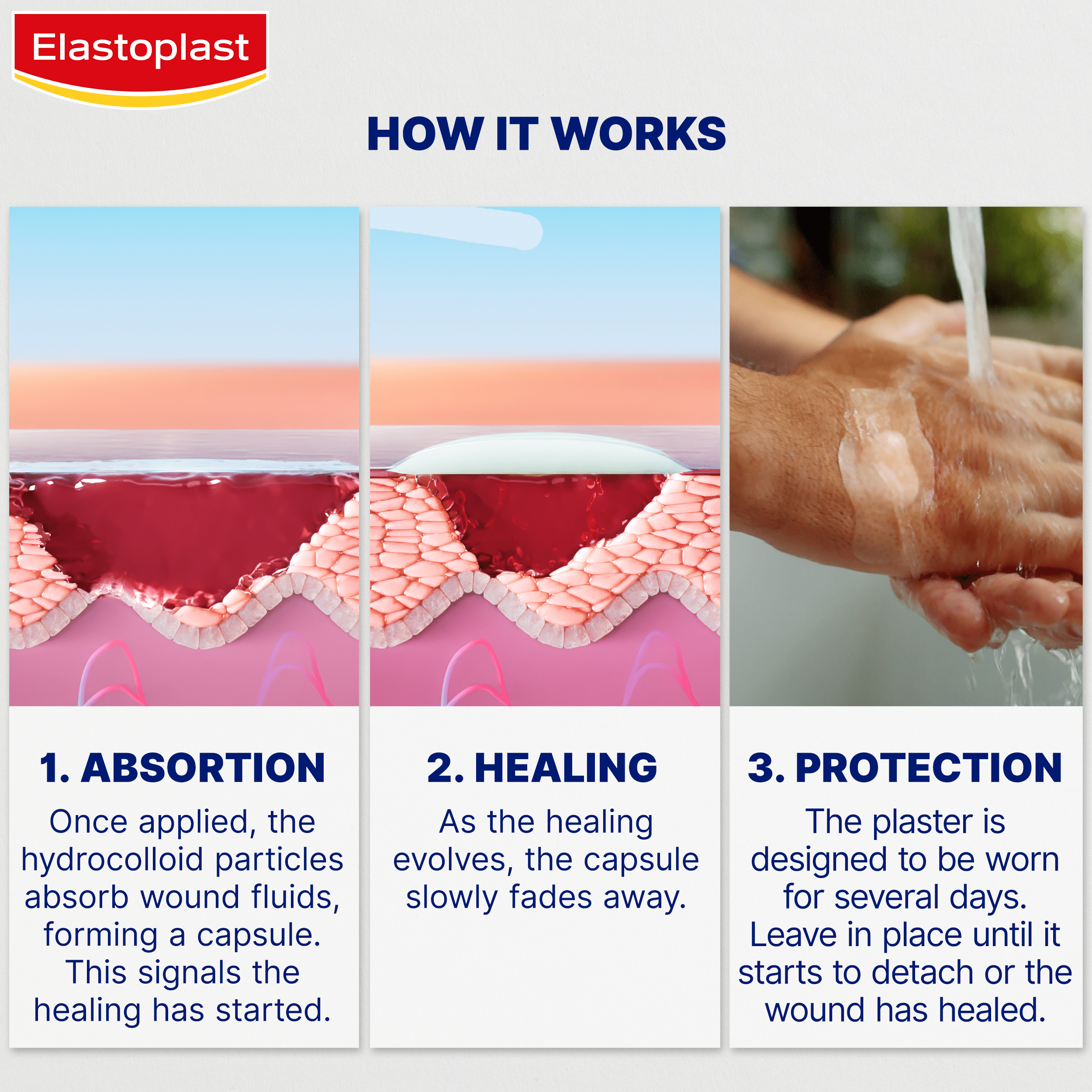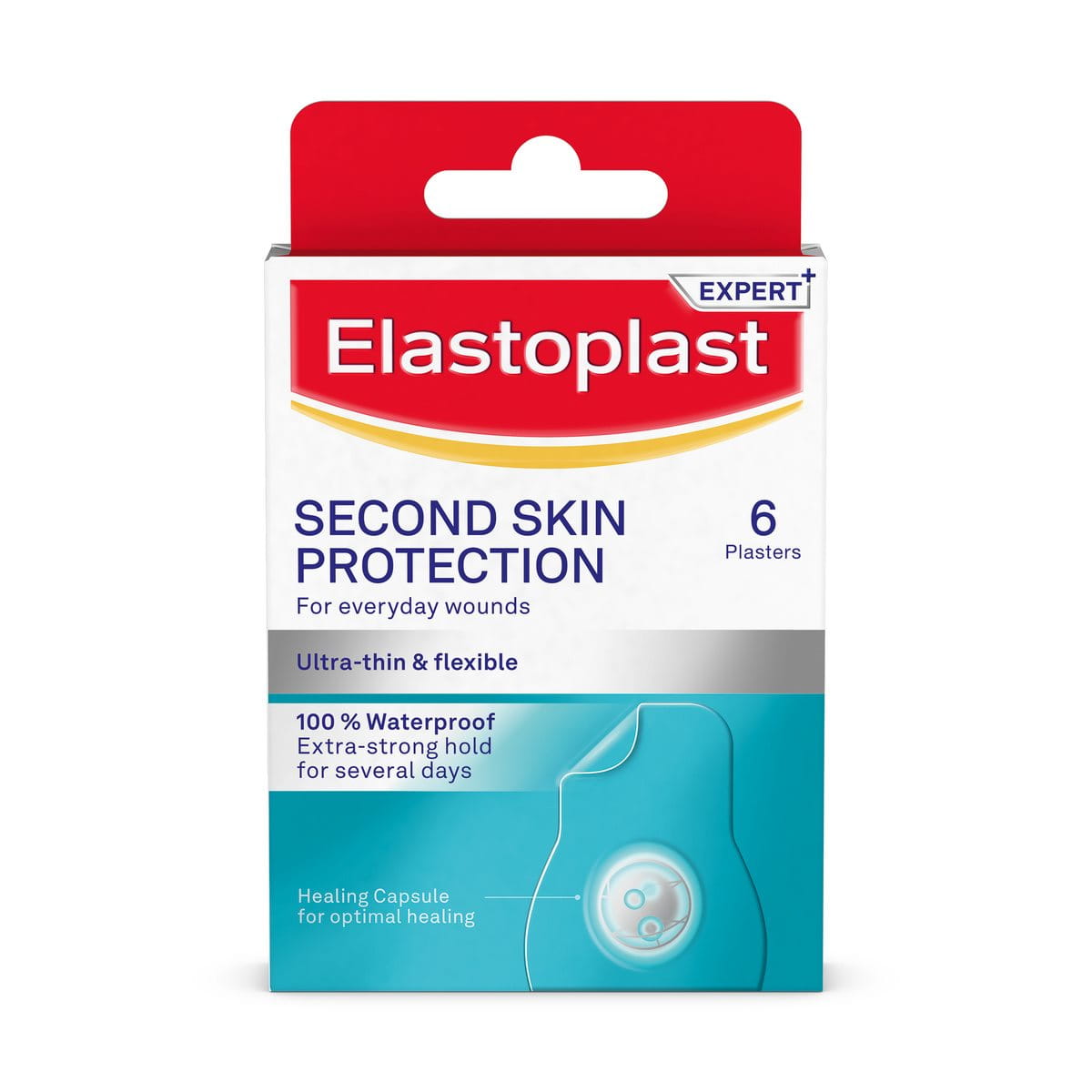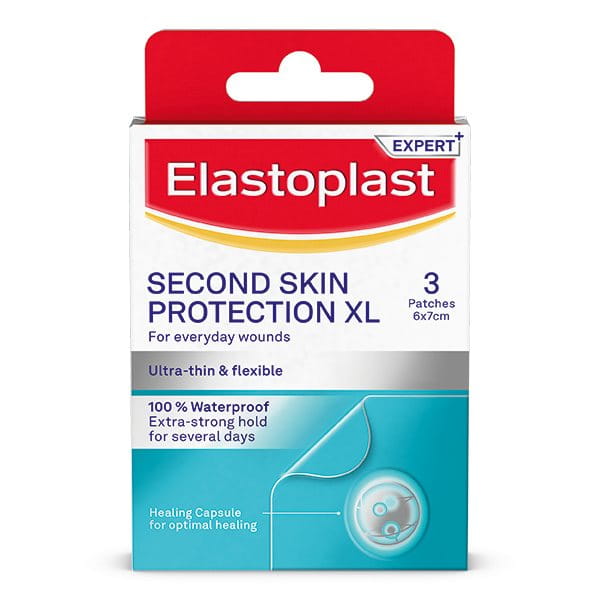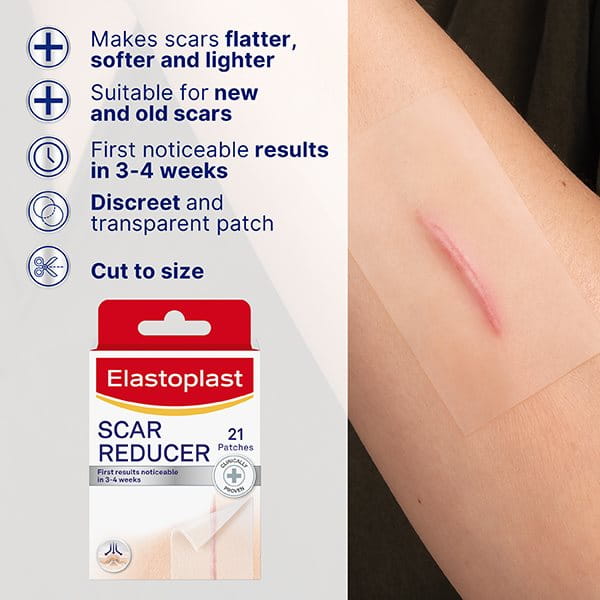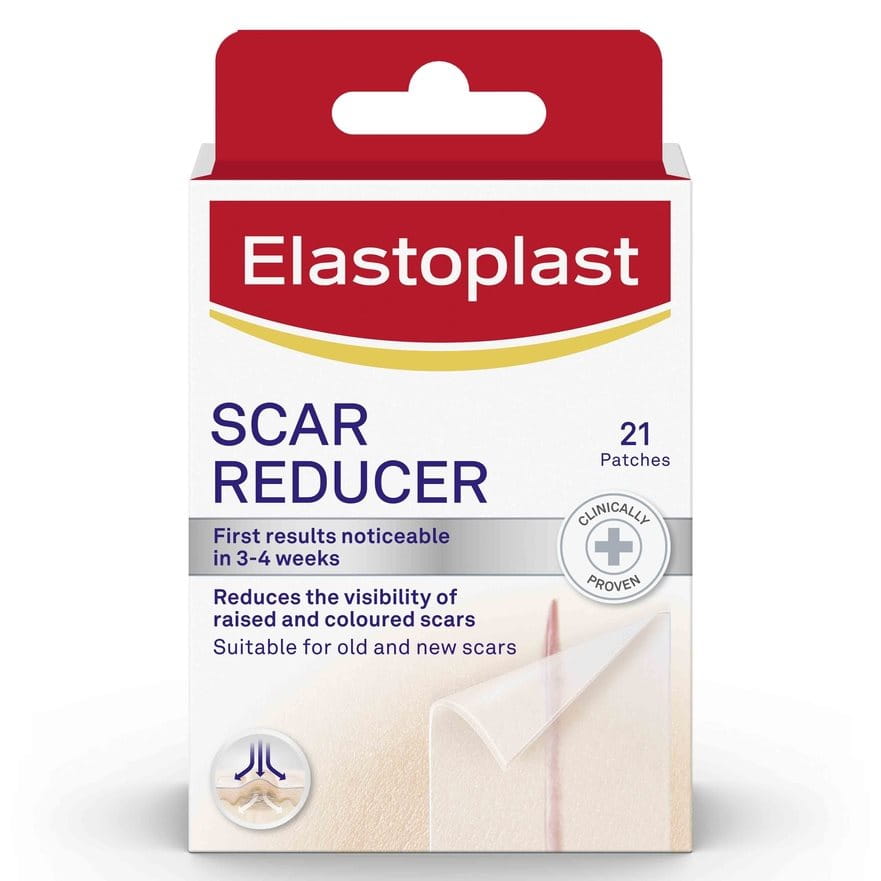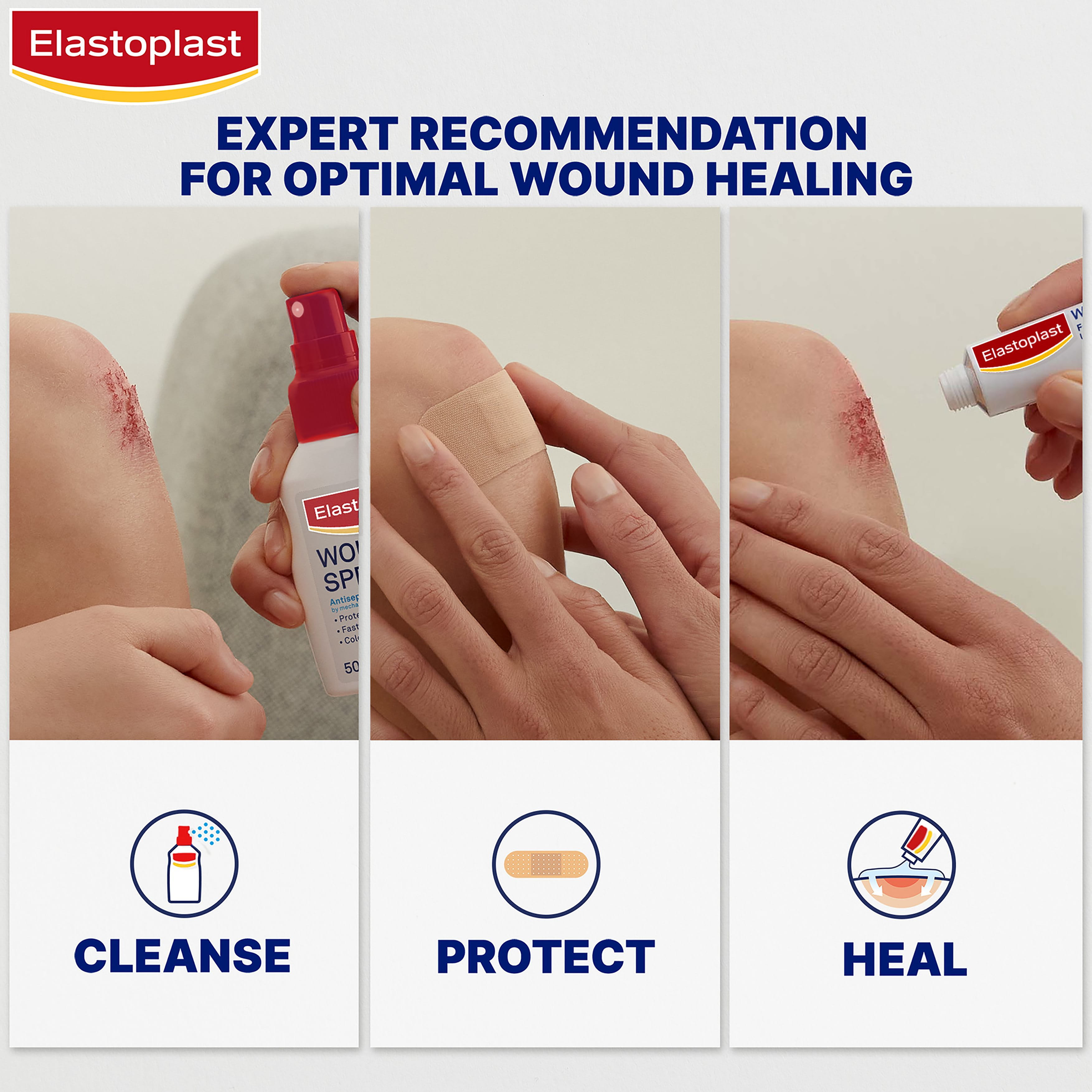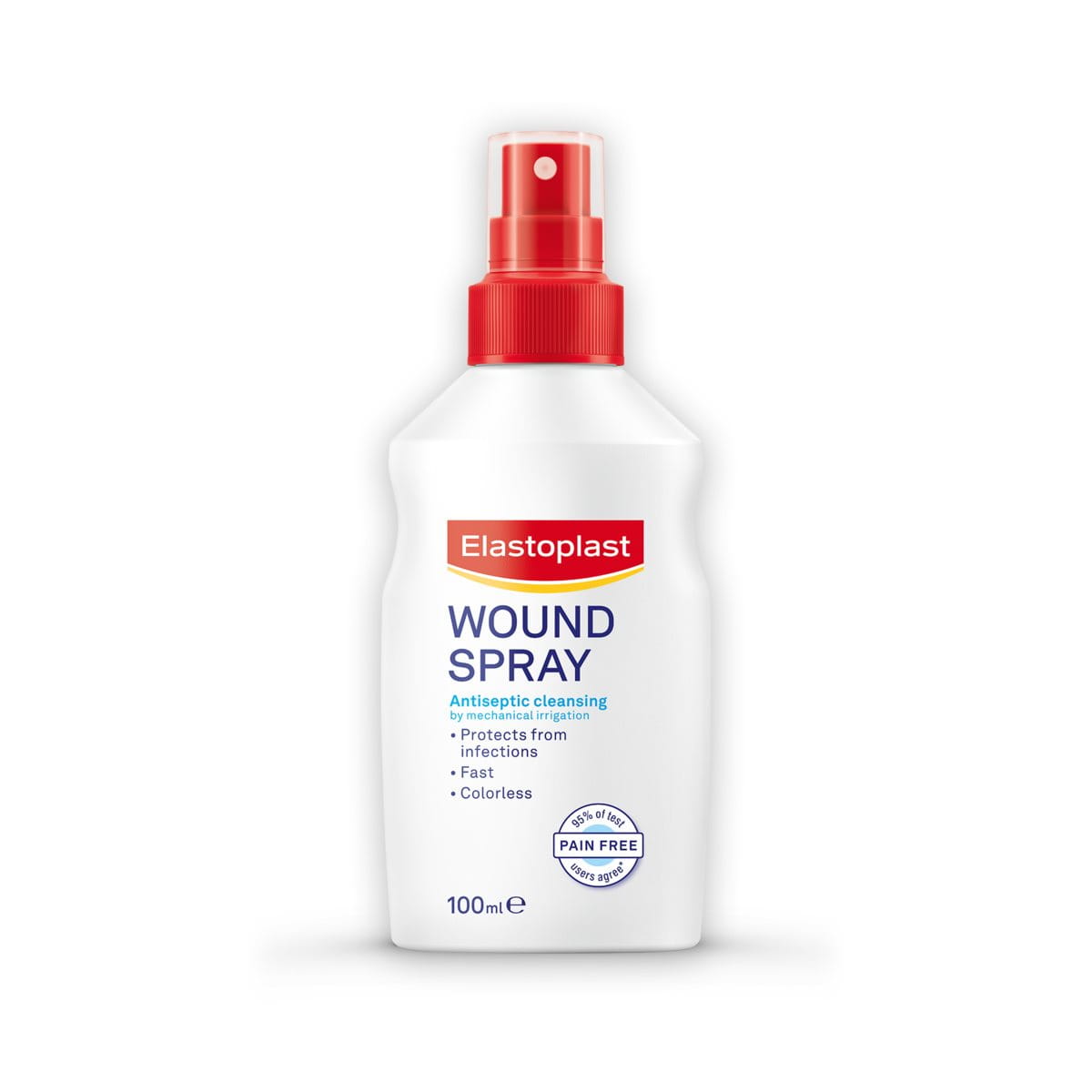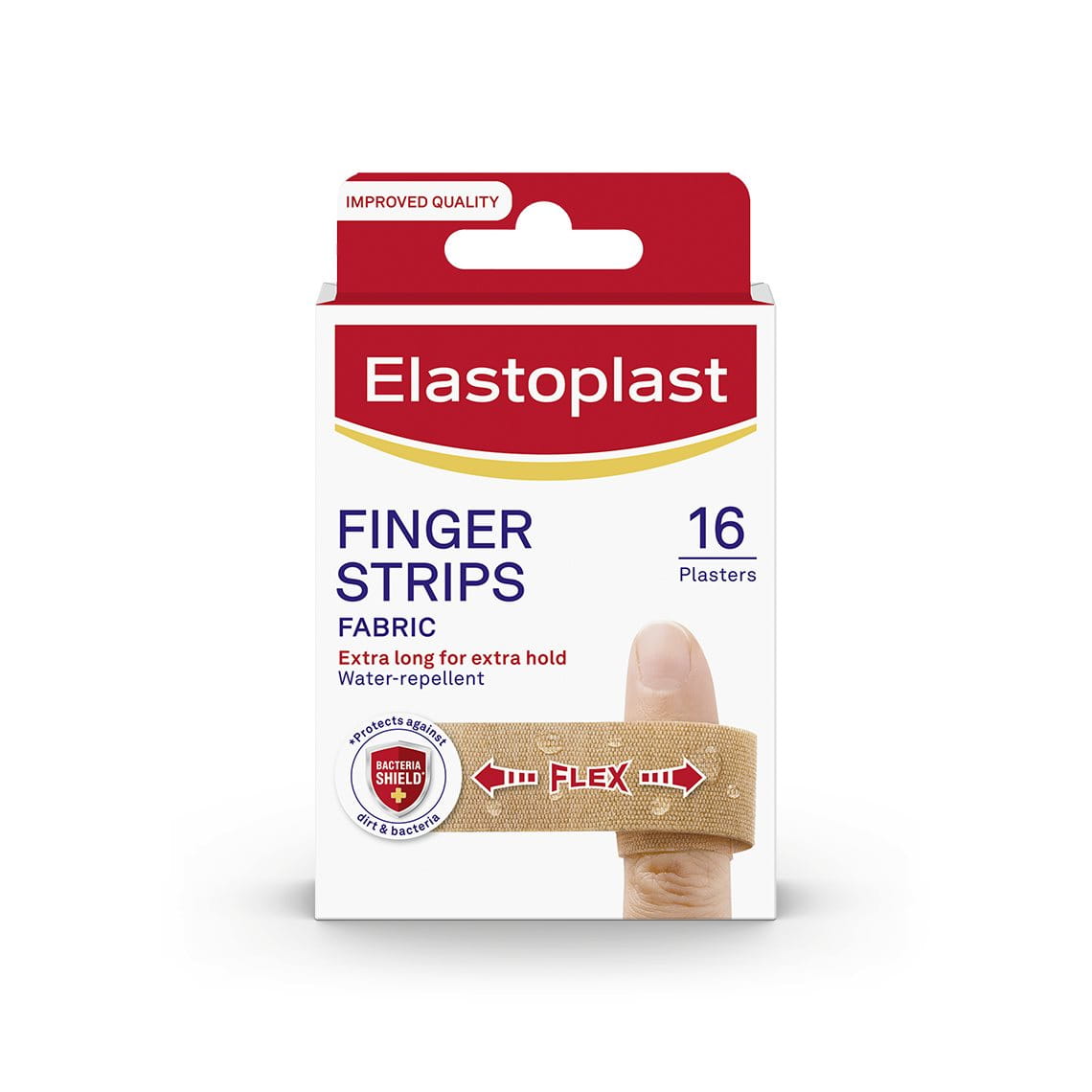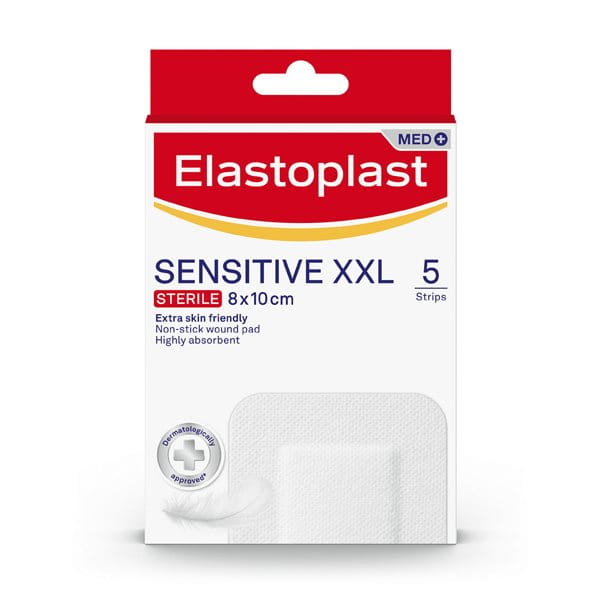Published: May 2019
Last Reviewed: March 2025
When treating wounds, no injury is too small to ignore. Even minor cuts or burns require proper cleansing and dressing to prevent complications and promote healing.
Modern wound dressings have evolved significantly, incorporating cutting-edge medical technologies to provide superior protection. They come in various shapes, sizes, and materials, each designed for specific injuries.
In this article, we'll explore the different types of wound dressings available and some innovative solutions you may not be familiar with.

